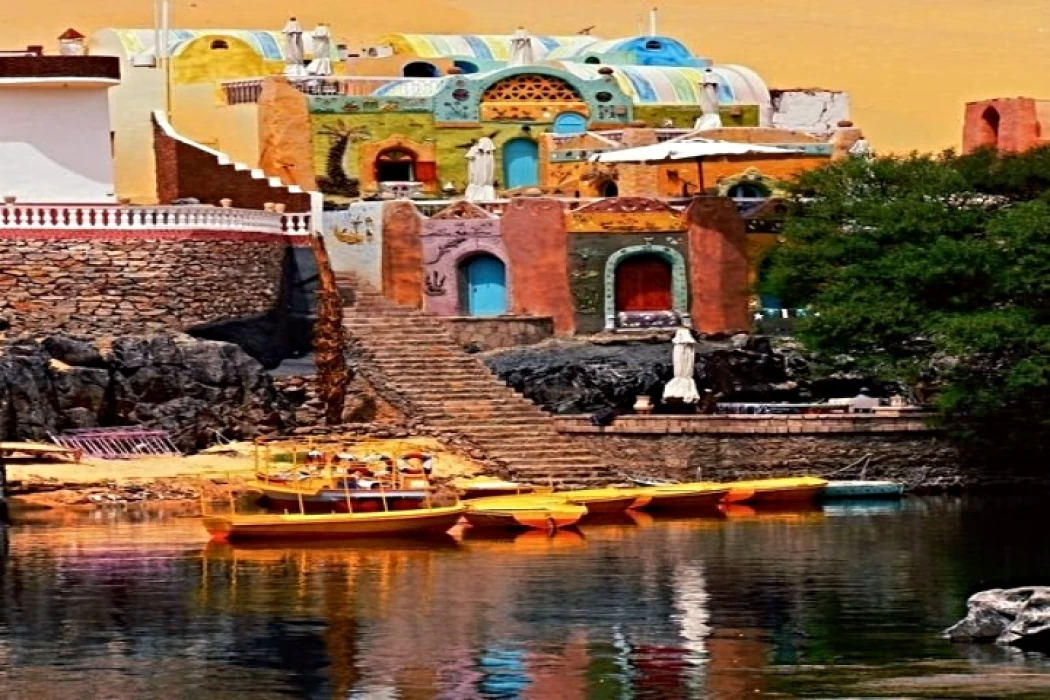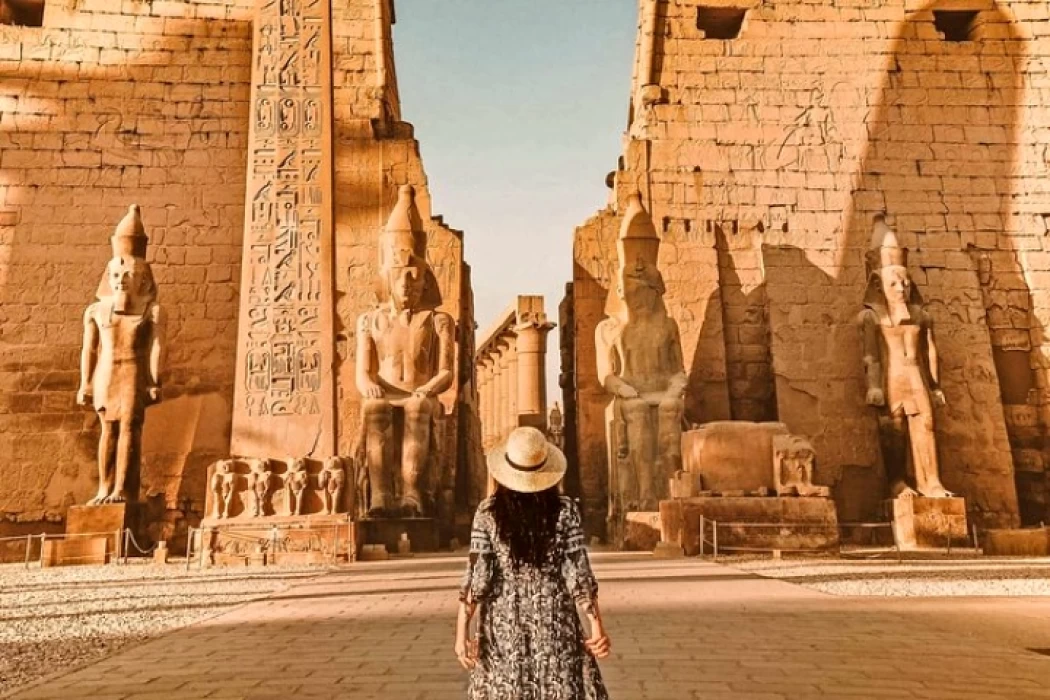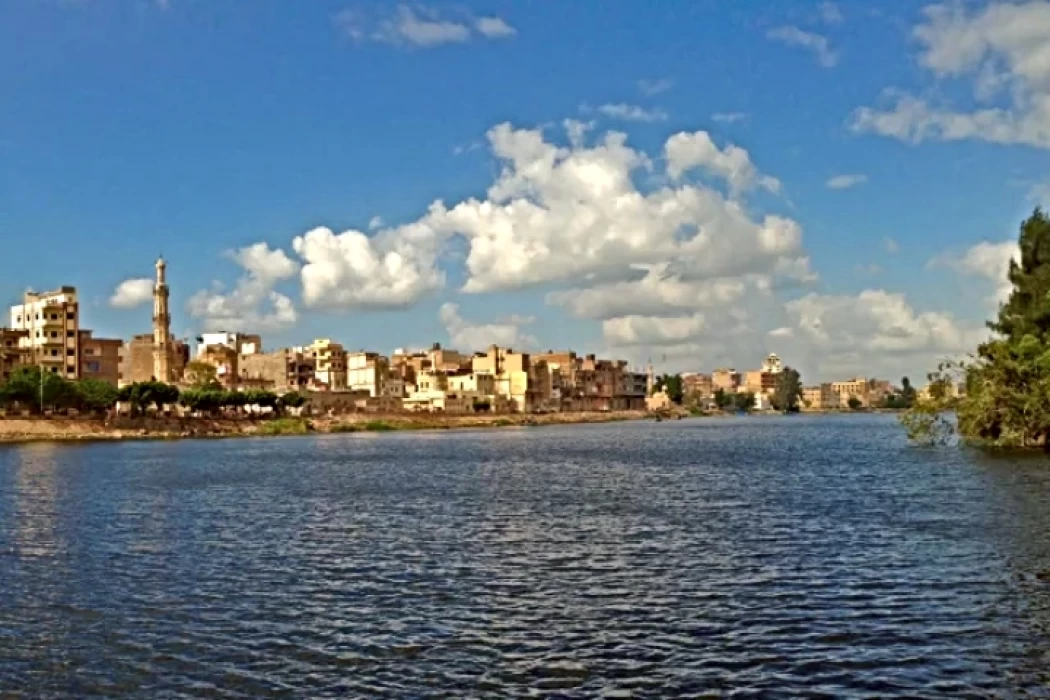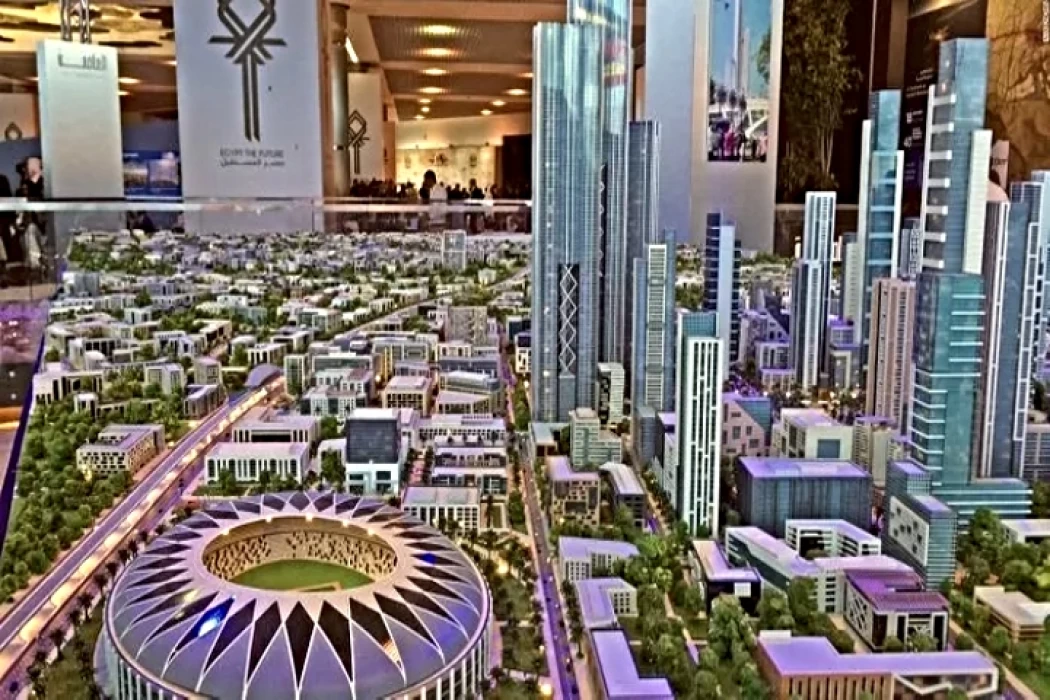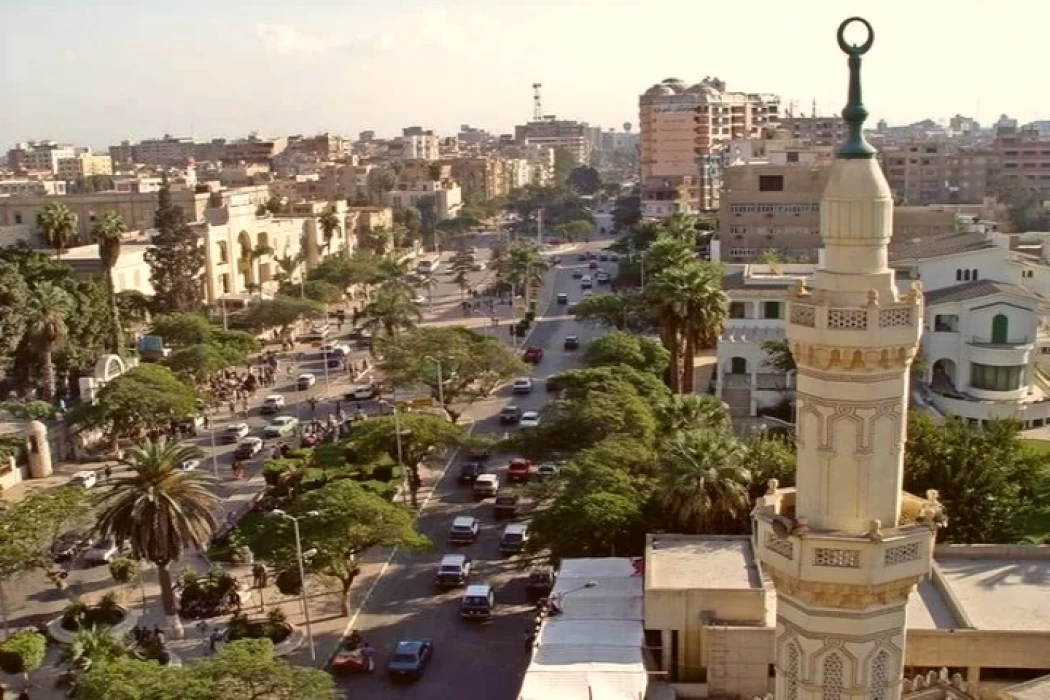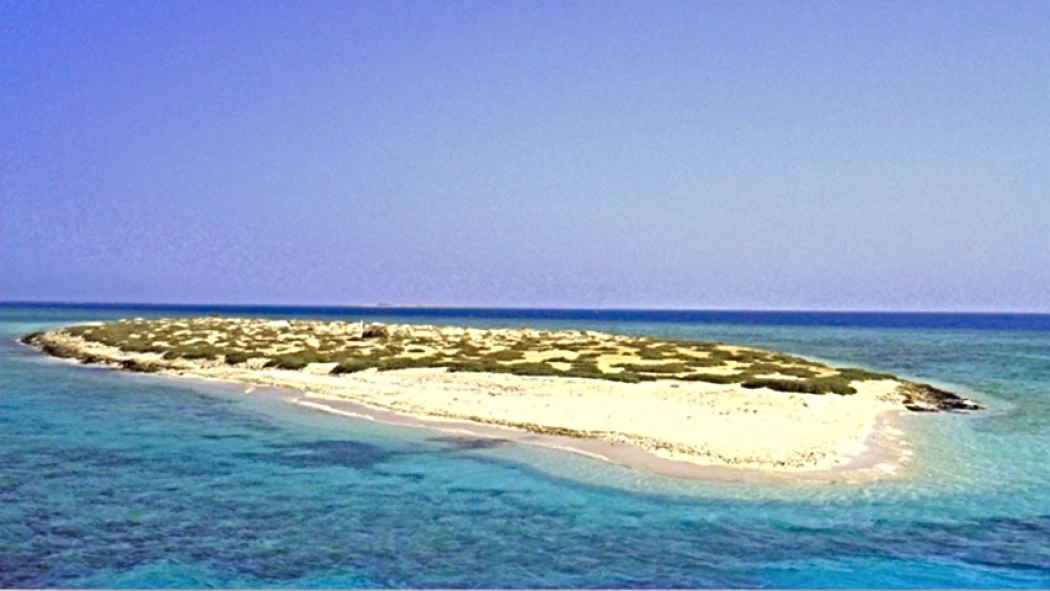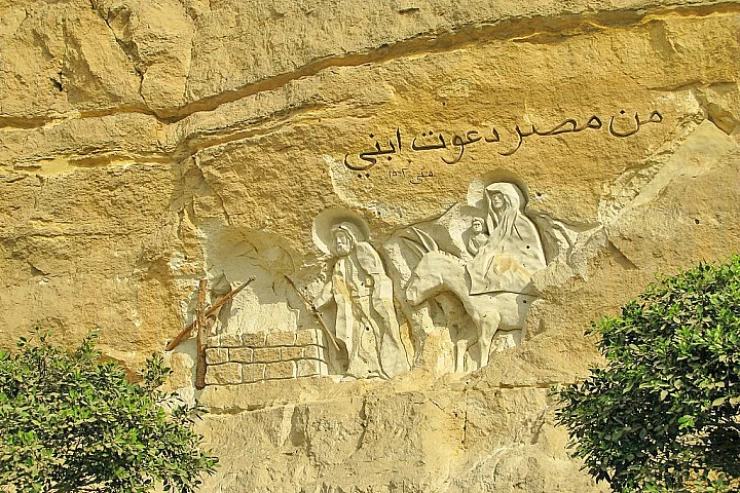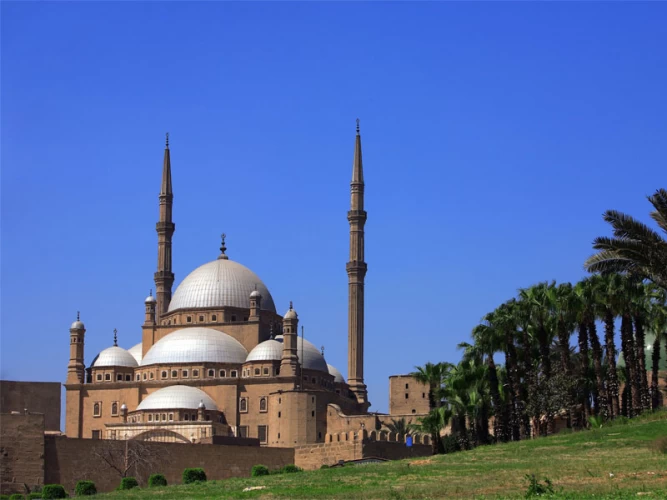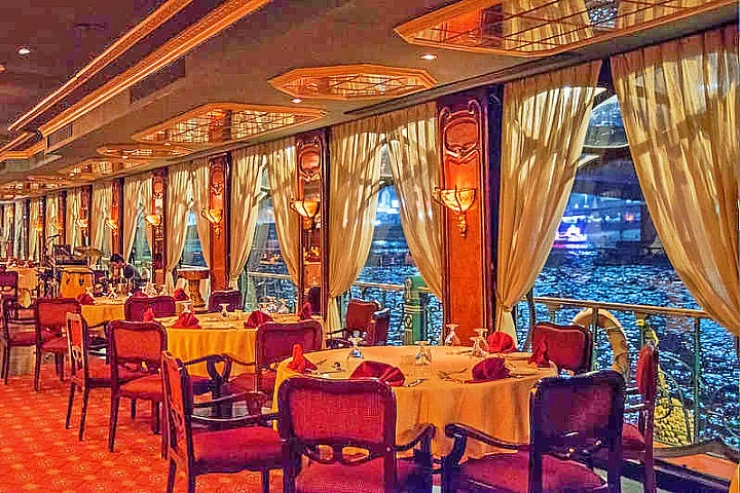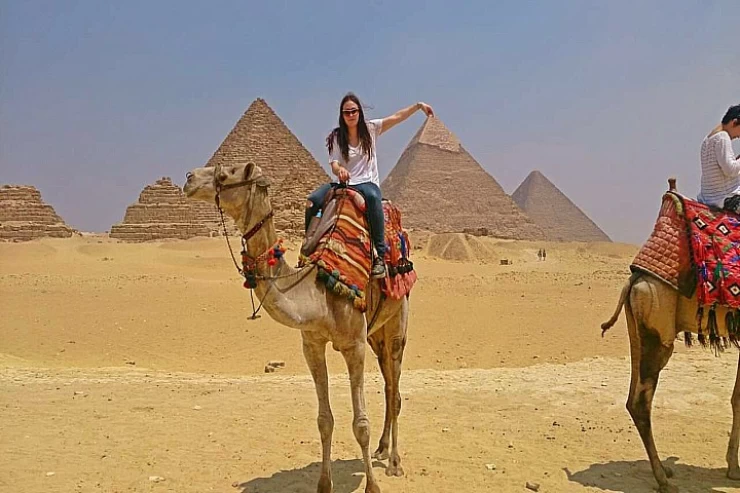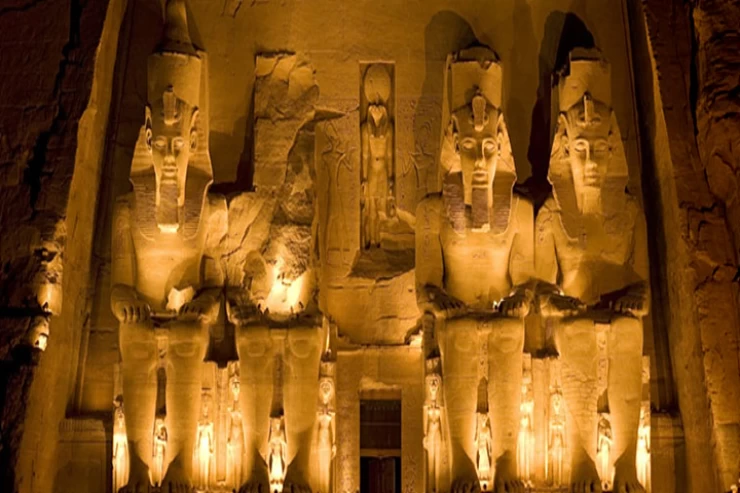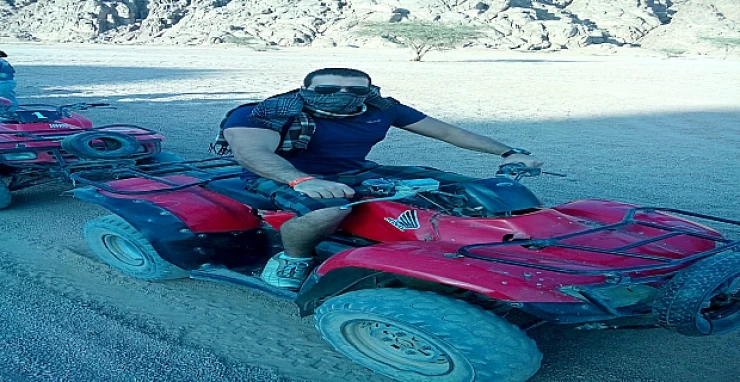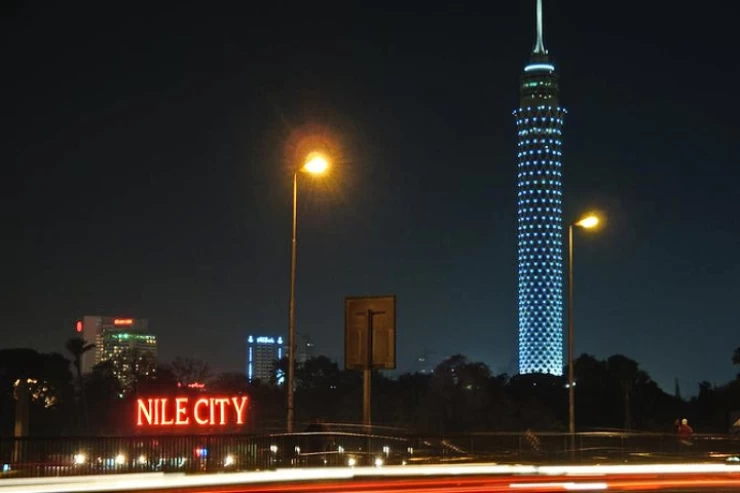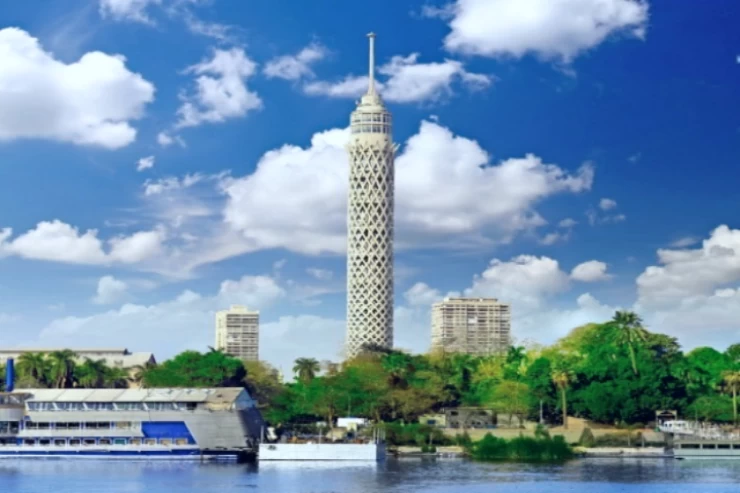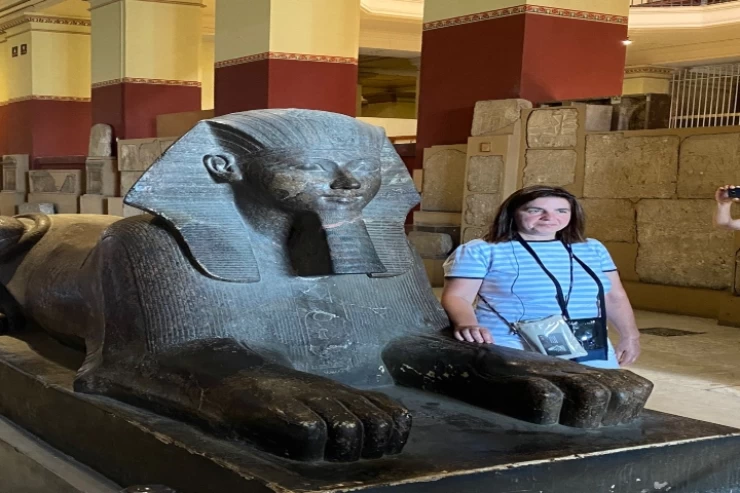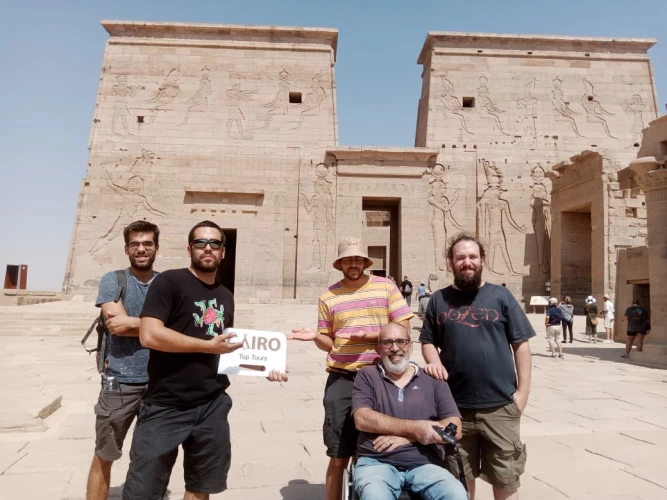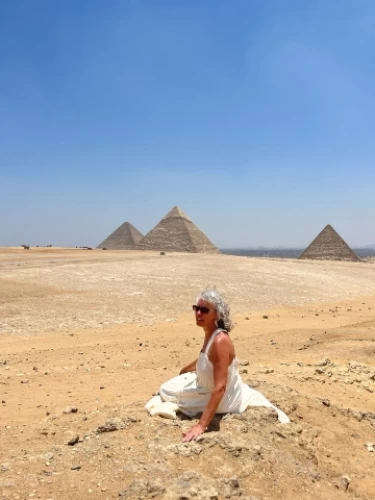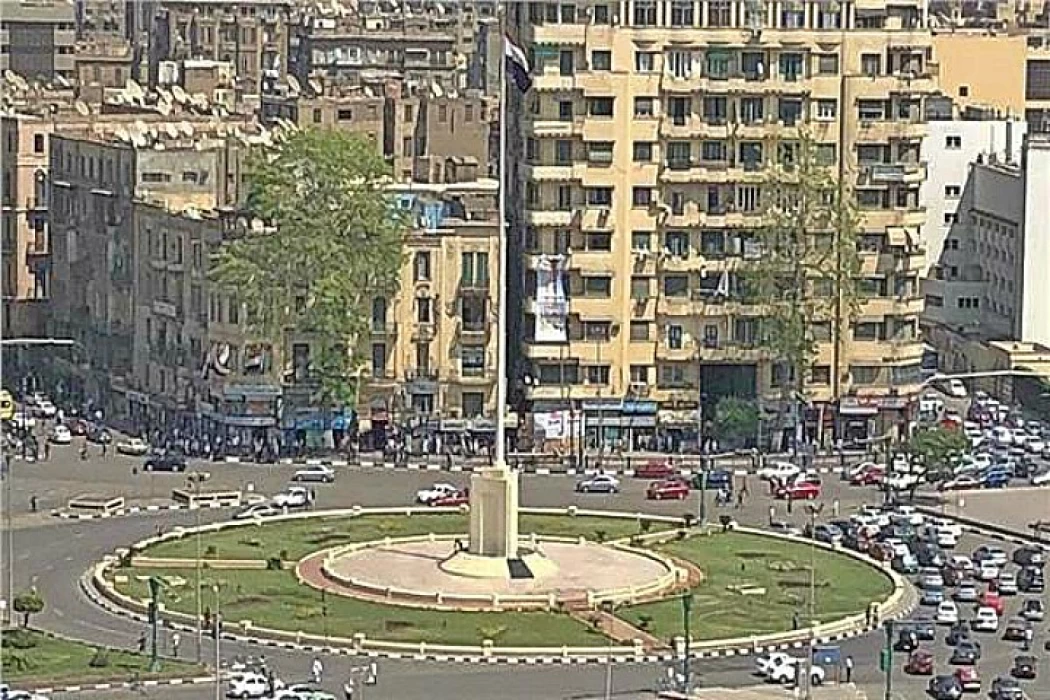
Tahrir Square in Cairo
Information About Cairo's Tahrir Square
The heart of modern Cairo and its main entrance connects the square with several important axes such as Ramses, Jalaa, Talat Warb and Qasr al-Aini, and cuts Maidan Tahrir Street "Former Ismailia", connected to the Nile Palace Cobrian and extending east to Maidan "Bab al-Tuq" and Abedin Square, the street where Khadiwi Ismail wanted to link the barracks of the Nile Palace to Abedin Palace, the seat of the rule. The street also stretched west from the Jalaa Cobri to Boulac al-Dakrur.
Al-Maidan and Al-Shari 'a were previously known as "Khadiwi Ismail", relative to Saraya Ismaili, whom Al-Khadiwi Ismail had gifted to his third wife "Jehim Avat Khanem Avendi". The field was planned to be mediated by a statue of Khadiwi Ismail. However, following the revolution of July 1952, Egypt arrived and changed the name of the field to "Liberation" after the fall of the monarchy and the establishment of the Republic, as also called "Sadat", but liberation remained constant in people's minds.
You can see many famous places around the field and from them; The headquarters of the League of Arab States, the Egyptian Museum, Omar Makram Mosque, Omar Makram's four-storey underground car park with a public garden deck comprised of the statue of Omar Makram, Tahrir Complex, Ritz Carlton Nile Cairo.
At the beginning of the 1950s, Tahrir Square had a statue base that had not been placed. A statue of Khadiwi Ismail was to be installed on the base, as part of a project enthused by King Farouk at the time to link Tahrir Square - then known as Ismailia Square - and Maidan Abedin - Abidin Palace has the official headquarters of the King - by expanding the street connecting them and a statue of his father, King Fouad, in Abidin Square, and a statue of his grandfather, Khadiwi Ismail in Ismailia Square, thus linking the past and present, and Khadiwe Ismail established Ismailia Square, It was the building of the Abidin Palace and his son, King Fouad, who renovated the Nile Palace. s father and his grandfather and to remind the Egyptians of what they have done to the homeland.
Although the Fouad statue had already been erected, erected in Abidine Square and surrounded by burial bands, awaiting the completion of the statue of Khodayo Ismail on the base allocated to him in Ismailia Square, the political situation had changed and the revolution of 23 July 1952 had brought the two projects to a halt, and months after its establishment, the King FOuFouad's statue had been removed from Abidine Square idine.
Latest Articles
Admin
Aswan Governerate in Egypt
One of Egypt's southern governorates is Aswan Governorate. The city of Aswan serves as its capital. At a latitude of 22 north of the equator (also known as the Tropic of Cancer), it is bounded to the north by the Qena Governorate, to the east by the Red Sea Governorate, to the west by the New Valley Governorate, and to the south by the Republic of Sudan.
Admin
Luxor Governorate Egypt
The capital of the Arab Republic of Egypt is Luxor City, which was once known as "Thebes City" because it served as Egypt's capital during the Pharaonic era. It is situated in the South Upper Egypt region, approximately 670 kilometers from the capital Cairo from the south. It is bordered on the north by Qena Governorate, on the south by Aswan Governorate, on the east by Red Sea Governorate, and on the west by New Valley Governorate.
Admin
History of kafr El Sheikh Governorate
Kafr El Sheikh Governorate is an Egyptian governorate, located in the northernmost part of Egypt in the Nile Delta, with Kafr El Sheikh as its capital. It had a population of 3,172,753 in 2015 and an area of 3,748 km². Its entire area is located north of the delta and overlooks the Mediterranean Sea. The main economic activity of the residents of the governorate is agriculture and fishing, especially the southern lands of the governorate and the lands overlooking the Nile River - Rosetta Branch.
Admin
Egypt's New Administrative Capital
The New Administrative Capital is located between the Cairo-Suez and Cairo-Ain Sokhna roads, 60 km from Cairo and the same distance from Ain Sokhna and Suez. The New Administrative Capital is located on the border of Badr City, in the area between the Cairo-Suez and Cairo-Ain Sokhna roads, just after New Cairo, Mostakbal City and Madinaty.
Admin
Al Gharbia Governorate
Gharbia Governorate is one of the governorates full of archaeological sites, whether they are places or facilities (mosques, churches), as the governorate is a destination for visitors to these places throughout the year, whether they are Egyptians from the different governorates.
Admin
Hamata Islands (Qulaan Archipelago) in Marsa Alam
The Hamata area, south of Marsa Alam in the Red Sea, is one of the most important parts of the Wadi El Gemal Reserve, whether in the desert or the sea. It was named after the sorrel plant, which was distorted to Hamata.
